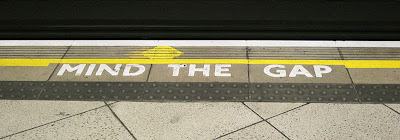This is a repository for my formal and informal learning through the Boise State University Masters of Educational Technology program.
Wednesday, November 13, 2013
Digital Divide/Digital Inequality
We have spent some time researching the ways in which the Digital Divide impacts society and education on a global and local scale. Inequalities in technology access are clearly present when comparing different demographic and geographic groups throughout the world. Progress made in the last century is encouraging, but we are still far from a utopian equal-access environment.
In Bermuda, where I currently live and work, the Digital Divide is not as prominent, and access is not much of a concern. What is a concern, however, is the degree to which Bermudians use technology in a resourceful and creative way. The internet is more likely to serve as a consumer good than a means of productivity and efficiency. The school at which I teach does not heavily feature the use of technology, and when present is more of an "add-on" enrichment than a primary and ubiquitous means of communication, collaboration, and creation. To some extent this has created a knowledge divide. If Bermuda is to compete globally, its residents must give more consideration to the role of technology in education.
In this presentation, I define different realms of digital inequalities, introduce what the "big picture" looks like on a global scale, and explain what it looks like both on a local scale and in my school. Through research, analysis, and reflection, I discuss how using technology can build bridges over digital divides in infrastructure, teaching, and learning.
[Assignment Directions]
Click here for my presentation notes if they are difficult to read within the presentation.
Click here for a link to the presentation, if necessary.
Subscribe to:
Post Comments (Atom)

No comments:
Post a Comment